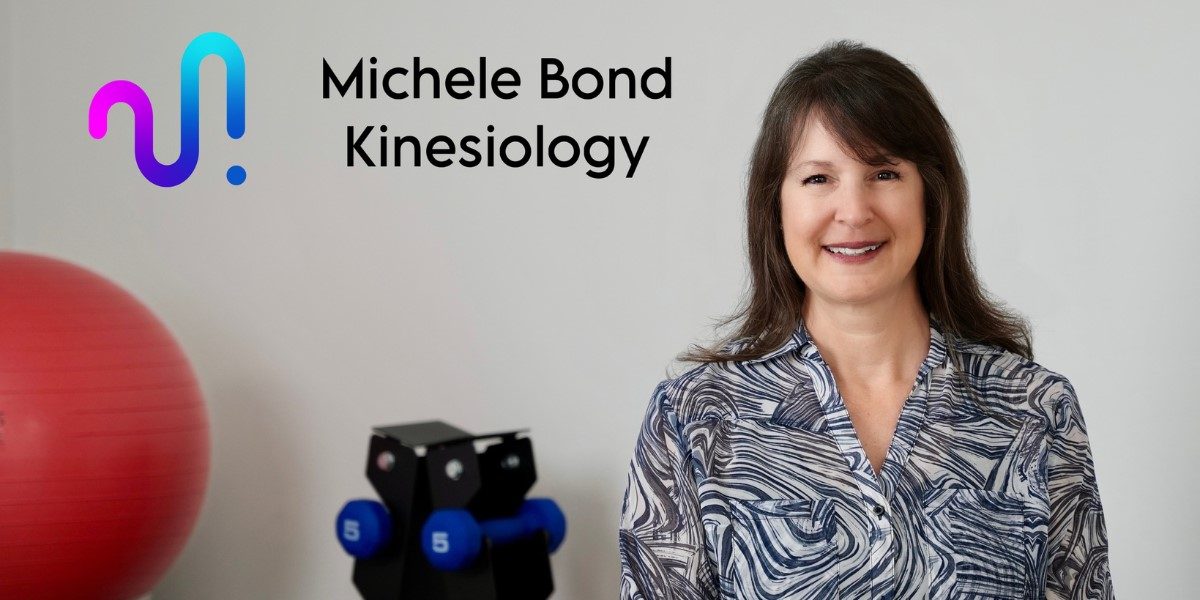By: Joshua Finley
Are you tired of starting exercise programs only to lose motivation and quit a few weeks later? You’re not alone. Consistency is one of the biggest challenges people face when trying to establish a regular workout routine. But what if one key to improving your commitment to fitness was connected to a part of your body you may not have considered before?
Enter the fascia, a specialized connective tissue that plays a crucial role in your body’s movement and function. According to Michele Bond, M.S., a Kinesiologist and fascia specialist, this often-overlooked tissue may contribute to exercise adherence.
“There are a million reasons why people do not stick to exercise,” says Bond. “However, in working with people for over 20 years and being an expert in fascia, it appears that this amazing connective tissue can influence the ‘self-start’ in moving after it gets conditioned enough.”
So, what exactly is fascia, and how might it impact your ability to maintain a workout routine? Fascia is a complex network of connective tissue that wraps around and supports every muscle, bone, and organ in your body. It helps transmit force, provides structure, and facilitates movement.
When your fascia is healthy and well-conditioned, it could help you move with greater ease, efficiency, and fluidity. This may lead to a more enjoyable and comfortable exercise experience, which could serve as a motivating factor in maintaining your workouts.
On the other hand, if your fascia is tight, restricted, or poorly conditioned, movement might feel challenging, uncomfortable, or frustrating. This can potentially lead to a cycle of avoidance, where workouts are skipped because they feel too difficult or unpleasant, contributing to further deconditioning and stiffness.
The encouraging news is that you may be able to break this cycle by focusing on conditioning your fascia. Bond recommends incorporating specific techniques like foam rolling, targeted stretching, and dynamic movement drills into your routine to support fascial health and function.
“Conditioning the fascia is like lubricating a creaky door hinge,” explains Bond. “When you first start, it might feel a bit uncomfortable or challenging. But with consistent practice, many people notice a difference in how their bodies feel and move. Exercise can become easier, more fluid, and more enjoyable.”
But the benefits of fascial conditioning may extend beyond just the physical. When you take the time to nurture this important tissue, you’re sending a powerful message to your body and mind that you value your well-being and are committed to taking care of yourself.
This mindset shift has the potential to be transformative, helping you approach exercise from a place of self-care and appreciation rather than punishment or obligation. When you view your workouts as an opportunity to connect with and strengthen your body, you may be more likely to maintain them long-term.
Of course, conditioning your fascia is just one piece of the puzzle when it comes to creating a sustainable exercise habit. Other factors like finding activities you enjoy, setting realistic goals, and building a supportive community are also important.
But if you’ve been struggling to make exercise a consistent part of your life, paying attention to your fascia could be a valuable missing link. By prioritizing the health of this crucial connective tissue, you may set yourself up for success and create a strong foundation for a lifetime of more enjoyable and sustainable movement.
Interested in exploring the potential benefits of fascial conditioning for your workout routine? Visit michelebond.com and sign up for the mailing list to stay informed about Michele Bond’s upcoming online training and community launching in early 2025. As a leading expert in fascia and movement optimization, Bond aims to help individuals discover strategies to support their workouts and fitness goals.
Disclaimer: This article is for informational purposes only and does not constitute medical, fitness, or professional health advice. The insights shared by Michele Bond are based on her expertise in kinesiology and fascia, but individual results may vary. Consult a qualified healthcare or fitness professional before making any changes to your exercise routine.
Published by Drake M.

















